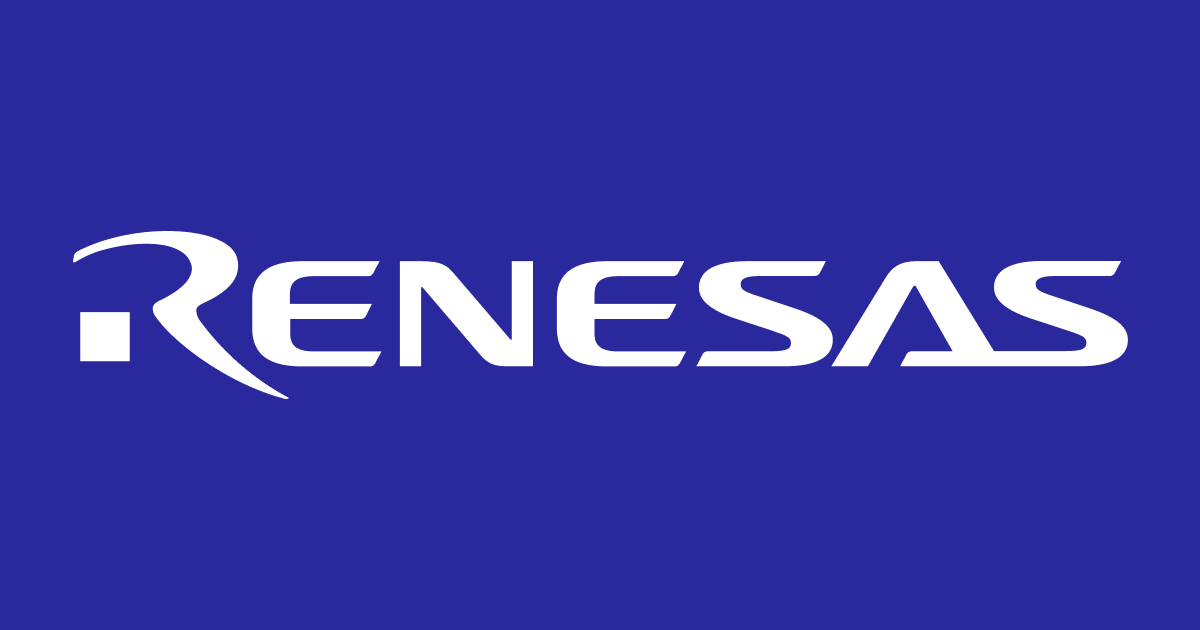Please read the above post from “On this note…”
What with Antonio, Sean and Tony now able to chat with the most senior C level executives of the world’s biggest companies, and these people listen carefully to what they say, I’ve never been more certain that the above is beginning to happen, and it’s happening right before our 1000 eyes.
Given that the technology establishment now accepts there’s a huge market for AI at the edge rapidly emerging, and Akida is in the driver’s seat to become the ubiquitous, everywhere technology that will power it…I have never been more confident that the Nvidia’s, the Qualcomm’s, the Arm’s…you name your company people…are up to their necks in discussions with our battler.
…and to top it off, do we need anymore proof than what this Washington Post article dated 21 June 2024 is saying about the problems caused by massive power consumption AI is causing via data centres, and that the technology world needs a miracle.
People…the miracle is Akida !!
Couldn't agree more
@Realinfo, in fact, I was actually just talking to my Brother (who now rolls his eyes, when I mention anything BRN related

)..
Actually, he usually rolls them, when I mention anything, that is of interest to me

..
Anyway..
I said about how NVIDIA is now numero uno (which he knew) and that BrainChip scientists had recently shown an AKIDA(TENNs?)/Nvidia Jetson combination, as being 75% more efficient (that's probably not a real accurate statement, but good enough, for the purpose of this post)..
Straight after, I started thinking of the possibility, of NVIDIA making a play for BrainChip.
I don't care much, for the takeover talk and really don't want that to happen, but a Company like Nvidia, is in a position, to make a "too good to refuse" offer.
They wanted to buy ARM (due in a large part, I believe, to them seeing the Kodak future on the horizon) but weren't allowed due to being blocked, by the FTC.
Give BrainChip, a few more years to mature and such a takeover, may also likely be blocked (if it lives up to our expectations, which I believe will be 25-30% of our target "real" Edge markets).
But right now, with us still in our infancy, such a block, would not exist.
Other than that put up by BRN's majority shareholders.
But/so, any offer, would have to be SWWEEETT!!..





